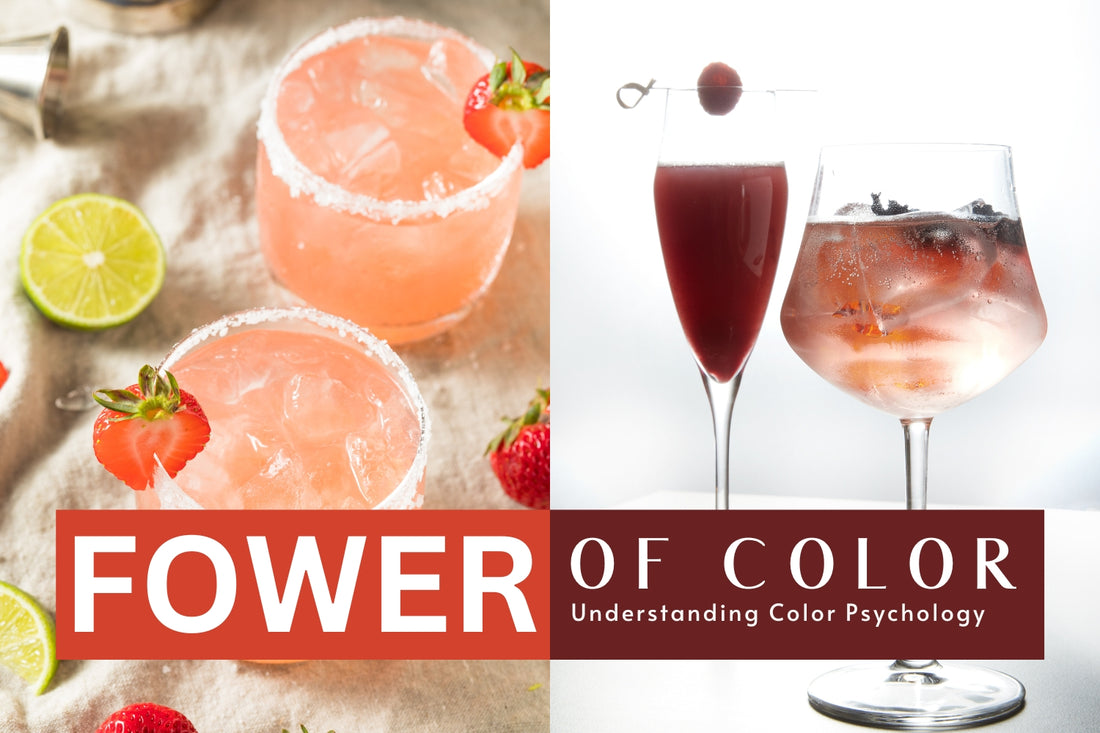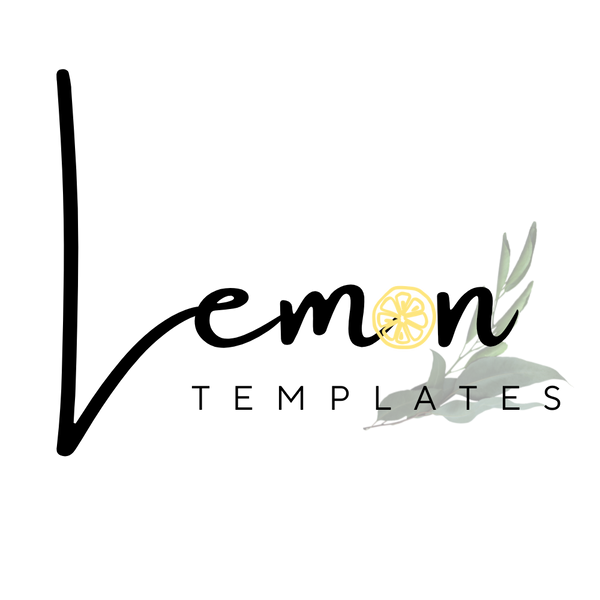
Unlocking the Power of Color: A Guide for Food Bloggers
Share
Did you know that colored visuals increase people's willingness to read by 80%? On Pinterest, where captivating visuals reign supreme, color is your secret weapon. It's the key to transforming ordinary pins into eye-catching magnets that draw viewers in and entice them to click.
For food bloggers, color is especially crucial. It sets the mood, evokes cravings, and showcases your culinary creations in their most delicious light. Think about it: a vibrant red strawberry tart practically begs to be devoured, while a cool blue smoothie bowl whispers promises of refreshment.
This guide unlocks the power of color for food bloggers. Master color theory. Create eye-catching pins. Enhance your food photography. Optimize for Pinterest.
Understanding Color Psychology and Emotions
Colors evoke emotions. They influence behavior. They shape how we see the world. This is color psychology. Understand it. Create Pinterest pins that resonate with your audience.
Each color has a personality. Warm colors like red, orange, and yellow are energetic. They grab attention. They evoke excitement. They trigger hunger. Imagine a fiery red chili pepper. Picture a golden-brown loaf of bread. Doesn't it make your mouth water?
Cool colors like blue, green, and purple are calming. They convey health and freshness. A vibrant green salad. A refreshing blue smoothie bowl. These appeal to health-conscious foodies.
Neutral colors like black, white, gray, and brown are grounding. They create elegance and simplicity. A chocolate cake against a dark background. A rustic loaf of bread on a wooden board. These evoke warmth and comfort.
Here's how color psychology applies to your food photography and pin design:

Red: Stimulates appetite. Use it for bold flavors. Consider it for spicy dishes or limited-time offers.

Orange: Evokes warmth. Use it for autumnal recipes, like pumpkin pie or butternut squash soup.

Yellow: Associated with happiness. Use it for summery dishes, like salads or fruit tarts.

Green: Represents health. Use it for salads, green smoothies, or healthy recipes.

Blue: Conveys calmness. Use it for cool desserts, like ice cream or frozen yogurt.

Purple: Associated with luxury. Use it for elegant desserts, like macarons or layered cakes.

Understand color nuances. Create pins that connect. Drive traffic to your blog. Improve your Pinterest marketing.
Creating a Pinterest Color Palette
Your Pinterest profile needs a harmonious color palette. A good palette creates visual consistency. It strengthens your brand. It enhances your pins. It improves your Pinterest marketing strategy.
Think of your color palette as your visual foundation. It's the first thing people notice. It sets the tone for your brand. A cohesive color palette creates professionalism. It makes your pins recognizable.
How do you choose the perfect colors? Follow these steps:
1. Start with Your Brand Colors: Use your existing brand colors. Create continuity across your online presence. Reinforce your brand identity.
2. Consider Your Food Photography: What mood do you want to evoke? Bright and cheerful? Dark and moody? Rustic and natural? Choose colors that complement your style. Consider your food photography props and styling.
3. Use a Color Palette Generator: Explore different color combinations. Find palettes that resonate. Use Coolors, Adobe Color, or Canva's generator. Find a palette that complements your recipe development and food photography style.
Click this link to go to canva and upload a photo to create a color palette.

4. Test Different Combinations: Experiment. Test different background colors, font colors, and accent colors. Choose colors you love. Reflect your brand.
Create a Pinterest color palette. Attract more viewers. Increase engagement. Drive traffic to your blog.
Color Contrast and Accessibility
Beautiful pins are great. But they also need to be accessible. Everyone should be able to enjoy your content. This includes people with visual impairments. Color contrast is key.
Color contrast is the difference in lightness or darkness between two colors. Good contrast makes text easier to read. It helps people see design elements clearly.
Imagine light gray text on a white background. Hard to read, right? Now imagine dark gray text on white. Much better!

Here are some tips for good color contrast:
Text and Background: Use high contrast. Black text on white is best.
Design Elements: Ensure enough contrast between elements in your pin design.

Why is color contrast important?
Inclusivity: Make your pins accessible to everyone.
Readability: Improve readability. Help people understand your content.
Professionalism: Show that you care.
Create accessible pins. Everyone can enjoy your food photography and recipes.
Branding and Color Consistency
Think of your favorite brands. Their logo. Their tagline. Their colors! Coca-Cola red. Tiffany's blue. Starbucks green. Color builds brand recognition.
On Pinterest, color consistency matters. Create a cohesive brand. Make your pins recognizable. Build trust with your audience. Encourage engagement.
Here's how to achieve color consistency:
Create a Brand Style Guide: Define your brand colors, fonts, and logo usage. Maintain a consistent style across your Pinterest profile.
Use a Limited Color Palette: Choose 2-3 main colors for each pin. Create visual harmony. Avoid overwhelming your audience.
Need Color Palette ideas? Click this link to see popular food color palettes on ColorHunt.co.

Maintain Consistency: Use the same colors for your profile image, board covers, and pin designs. Reinforce your brand identity.
Using Color to Highlight Key Elements
Color guides attention. It emphasizes key elements. Use it strategically in your pin design. Improve your Pinterest marketing.
Key Ingredients: Highlight key ingredients with color. Draw attention to the star of your dish.
Text Overlays: Use contrasting colors for headlines. Make your recipe titles pop.
Visual Hierarchy: Use color to create visual hierarchy. Guide the viewer's eye.

Conclusion
Color is powerful. Use it well. Transform your Pinterest pins. Capture attention. Evoke emotions. Drive engagement. Improve your Pinterest marketing.
Understand color psychology. Choose the right color palettes. Consider color contrast. Maintain consistency.
Use color strategically. Highlight key elements. Guide your viewers' eyes. Make your message clear.
Experiment with color. Explore different palettes. Discover what works best for your brand. Enhance your food photography.
Need help? Explore our Pinterest templates. Find inspiration. Simplify your design process. Create stunning visuals.
